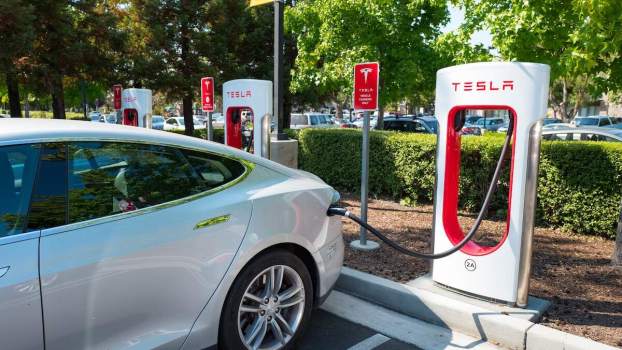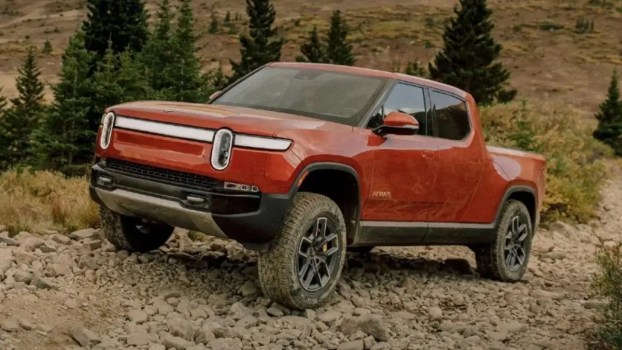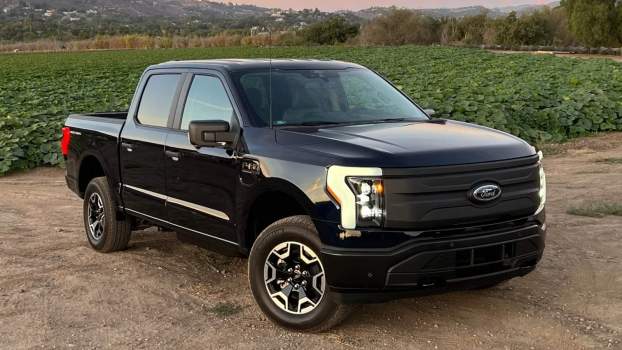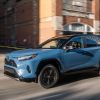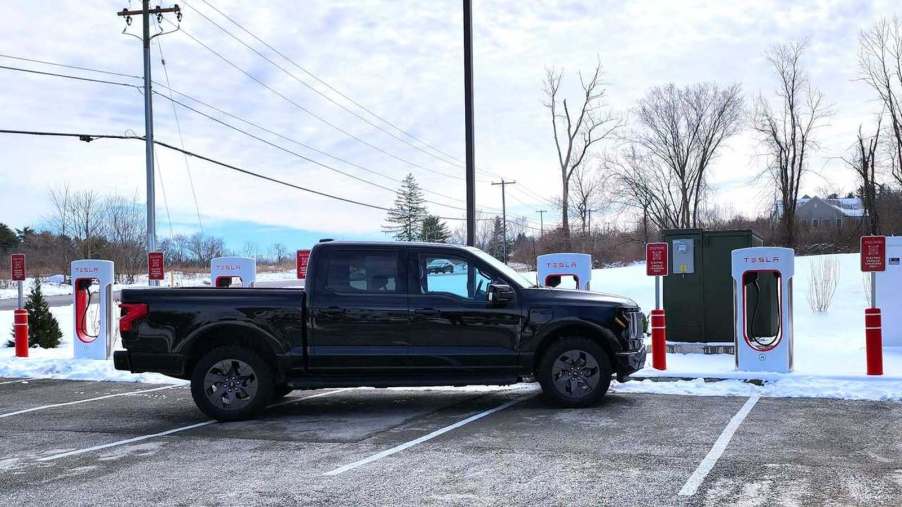
Tesla Superchargers Are Open to More EVs, but Hurdles Remain
Many automakers agreed to adopt the Tesla charging port and call it the North American Charging Standard (NACS). This allows many non-Tesla EVs to pull in and charge up at various Tesla Superchargers, but there could be some issues with this situation. Let’s explore some challenges faced while charging a non-Tesla EV at a Tesla Supercharger.
EV owners will realize the popularity of Tesla Superchargers
Driving an electric vehicle means finding places to charge along the way. If you pull into a Tesla Supercharger station with a long line of chargers, its possible every spot will be taken. These charging locations were originally installed near shopping centers and popular places in many towns and cities. This means you might not find a charging spot.
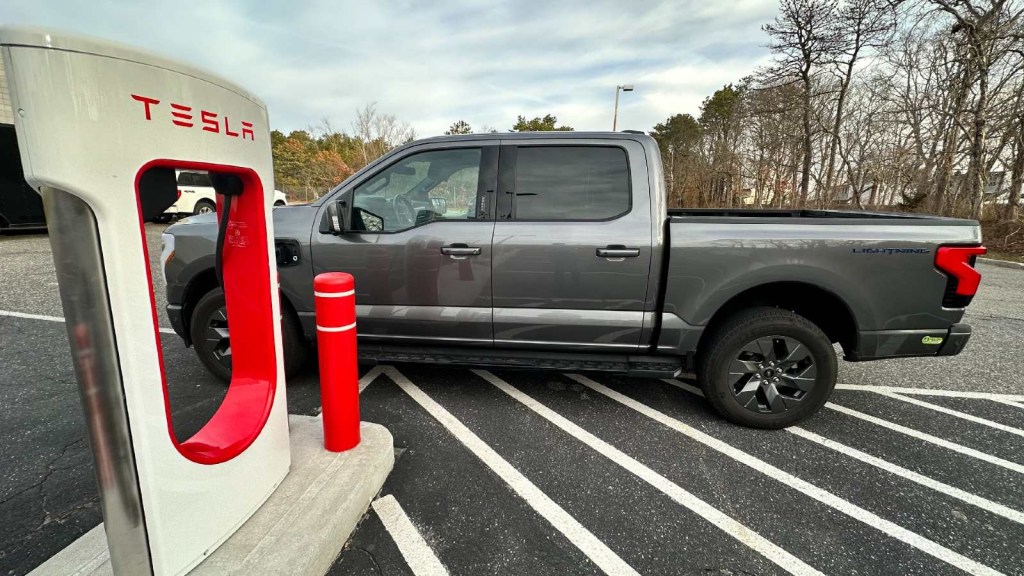
Supercharger lanes are narrow
Unlike traditional parking spots, designed for vehicles of various size, Tesla Superchargers have narrow lanes. Newer charging centers might have wider lanes in anticipation of charging larger vehicles, such as the Ford F-150 Lightning, but older centers still have narrow charging lanes.
The charging cord might not be long enough
The NACS connector requires non-Tesla EVs to use a plastic adapter to connect the charging cord to the charging port. This added item doesn’t make the cord long enough for some vehicles to charger. One Ford F-150 Lightning owner reported trouble connectiing his truck to a Tesla Supercharger. He tried using two spots and parking diagonally, but eventually found a charging center with several available spots where he could park perpendicular to the charging station.
Charging speeds might not be fast enough at Tesla Superchargers
Tesla vehicles are programmed to charge up at Supercharger locations. The programming hasn’t caught up with the NACS connector. This means non-Tesla vehicles could take a long time to reach 80% charge or more.
The same driver that face problems connecting his Ford truck to a Supercharger also reported charging from 71% to 89% in 28 minutes. This is a long time to wait for an addition of 18% charge. Its possible the charger slowed down once the batteries reach 80%. Many EVs slow the charging rate once the batteries reach 80% capacity.
Using public charging isn’t cheap
The cost to charge the F-150 Lightning at the Tesla Supercharger came to nearly $20. This cost for 18% of added charge seems excessive. This isn’t unique to Tesla; using public charging stations is much more expensive than charging at home.
The most affordable way for electric vehicle owners to charge their EVs is to charge at home during off-peak hours, typically overnight.
Although Tesla has opened up its Supercharger network to many automakers, they haven’t changed the layout at existing locations to make these stations useful for larger vehicles.
Source: Tom’s Guide
